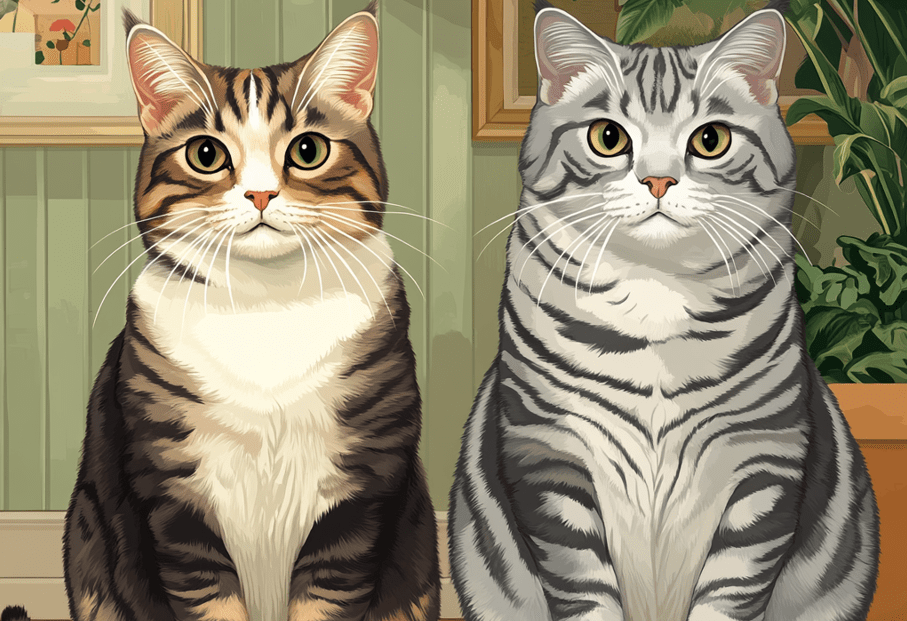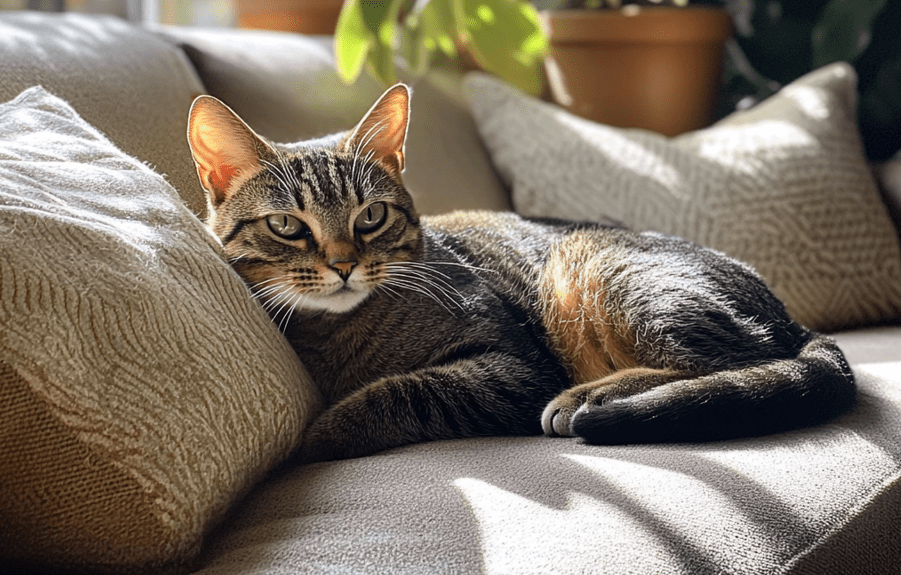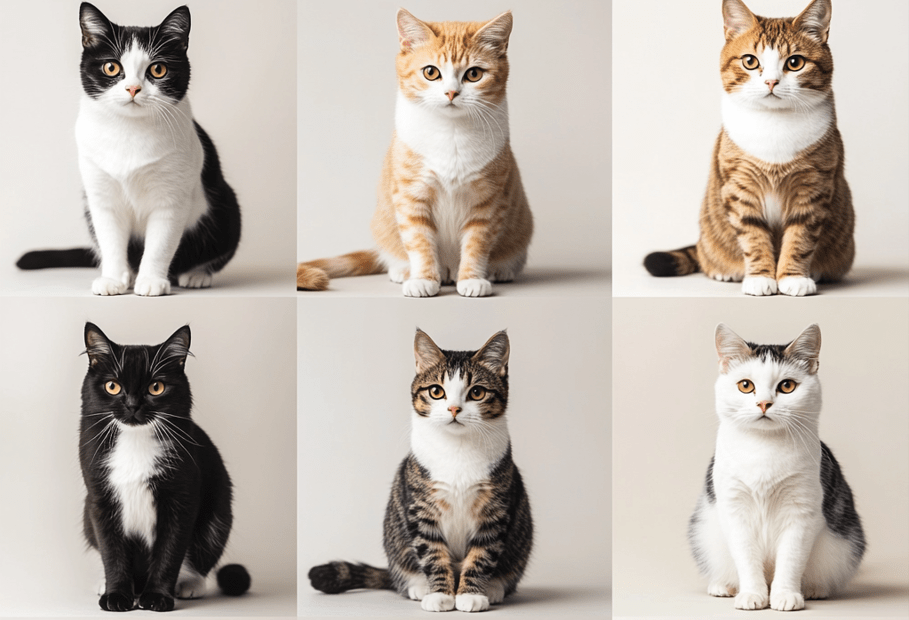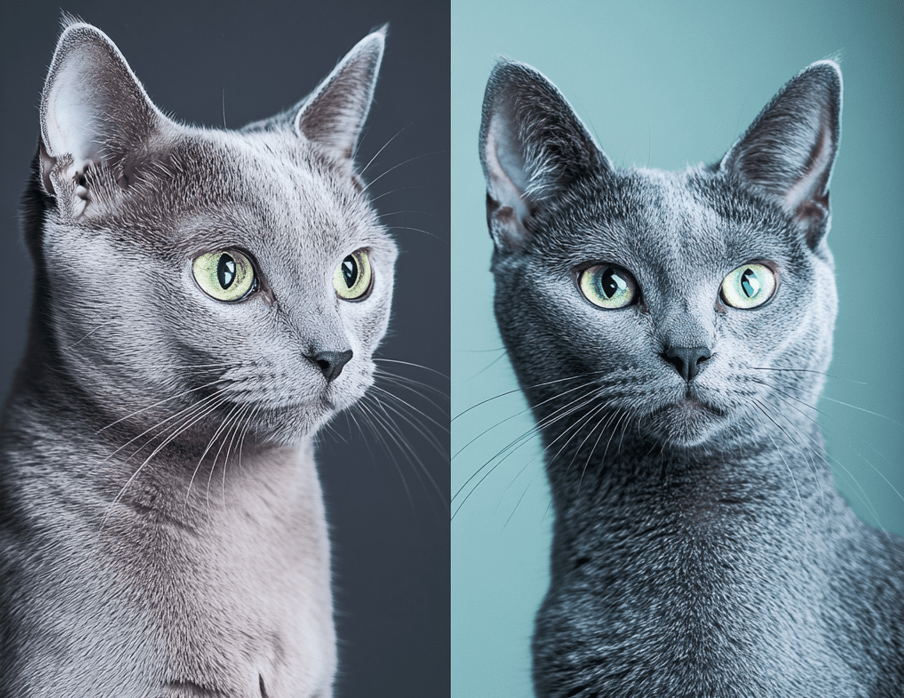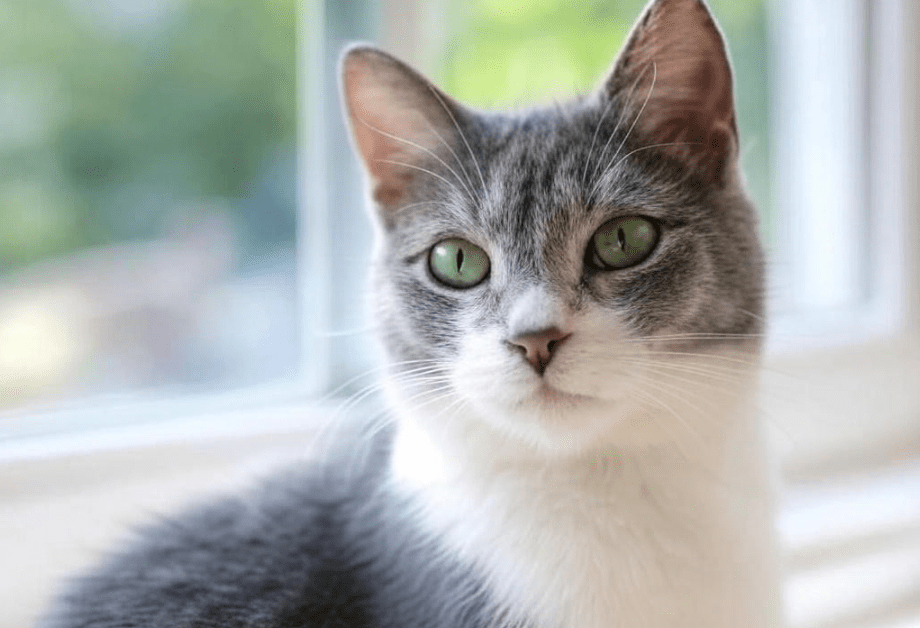
Domestic Shorthair Cats are cherished for their playful nature, adaptability, and low-maintenance coats, making them a favorite among pet owners. However, like all cats, they are prone to dental issues that can affect their health and quality of life. Recognizing the early signs of dental problems in Domestic Shorthairs is crucial for timely intervention and prevention of serious complications. This comprehensive guide explores the causes, symptoms, and preventive measures for dental issues, equipping you with practical tips to keep your feline companion’s teeth healthy. By catching problems early, you can ensure your cat enjoys a pain-free, happy life.
Why Dental Health Matters for Domestic Shorthair Cats
Dental health is a critical aspect of your Domestic Shorthair’s overall well-being. Cats rely on their teeth for eating, grooming, and even play, so dental issues can significantly impact their daily lives. Poor oral health can lead to pain, infections, and systemic health problems, including heart or kidney disease, if left untreated. Domestic Shorthairs, with their diverse genetic backgrounds, are not inherently more prone to dental issues than other breeds, but their short, dense coats can mask early signs of discomfort, making vigilance essential.
Common dental problems in Domestic Shorthairs include:
Plaque and Tartar Buildup: Accumulated bacteria form plaque, which hardens into tartar, irritating gums.
Gingivitis: Inflammation of the gums, often caused by plaque buildup.
Periodontal Disease: Advanced gum disease that damages supporting bone and tissue.
Tooth Resorption: A painful condition where the tooth structure breaks down.
Stomatitis: Severe inflammation of the mouth and gums, often requiring medical intervention.
Early detection of these issues can prevent pain and costly treatments, making it vital to know what to look for.
Early Signs of Dental Issues in Domestic Shorthairs
Spotting dental problems early requires careful observation of your Domestic Shorthair’s behavior, eating habits, and physical condition. Here are the key signs to watch for:
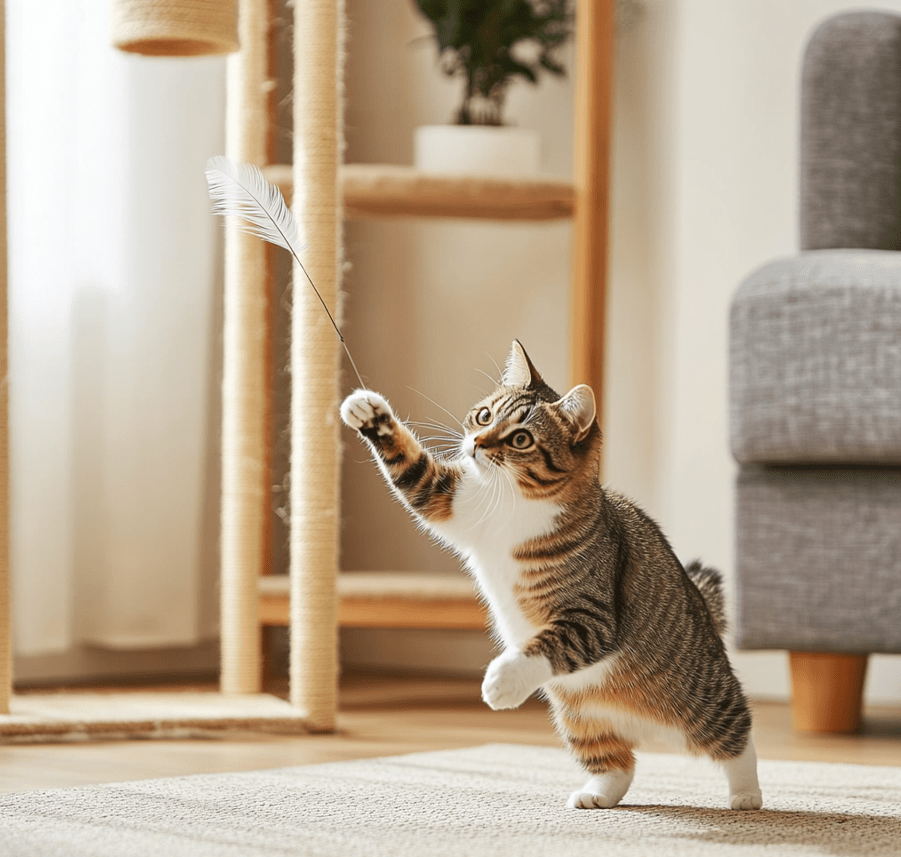
1. Bad Breath (Halitosis)
While “cat breath” isn’t always pleasant, persistent bad breath is a red flag for dental issues. Halitosis often indicates bacterial buildup, gingivitis, or infections in the mouth. If your Domestic Shorthair’s breath smells unusually foul or has a metallic odor, schedule a veterinary checkup.
2. Changes in Eating Habits
Dental pain can make eating uncomfortable, leading to noticeable changes in your cat’s behavior:
Dropping Food: Your cat may drop food while eating or chew on one side of the mouth to avoid pain.
Preference for Soft Food: A cat with dental issues may avoid hard kibble and prefer wet food.
Reduced Appetite: Pain or discomfort may cause your Domestic Shorthair to eat less or avoid food altogether.
Slow Eating: Chewing may take longer if teeth or gums are sore.
Monitor your cat’s eating habits closely, as these changes can also indicate other health issues.
3. Excessive Drooling
While some drooling is normal during play or sleep, excessive or frequent drooling, especially if accompanied by blood or a foul odor, suggests dental problems. Drooling may result from gum inflammation, oral infections, or painful lesions in the mouth.
4. Pawing at the Mouth
If your Domestic Shorthair frequently paws at their mouth or face, it may be trying to alleviate discomfort caused by dental issues. This behavior can also indicate foreign objects stuck in the mouth, so inspect carefully and consult a vet if it persists.
5. Visible Tartar or Discoloration
Check your cat’s teeth regularly for signs of plaque or tartar buildup. Yellow or brown discoloration, especially near the gumline, indicates tartar accumulation. Red, swollen, or bleeding gums are also warning signs of gingivitis or periodontal disease.
6. Behavioral Changes
Dental pain can make your Domestic Shorthair irritable, withdrawn, or less playful. Watch for:
Increased Aggression: Your cat may hiss or swat when touched near the mouth.
Lethargy: Pain or infection can reduce energy levels.
Avoiding Grooming: Dental discomfort may make grooming painful, leading to a scruffy coat.
7. Bleeding Gums or Blood in Water Bowl
Gums that bleed during eating or brushing, or traces of blood in your cat’s water bowl, are serious signs of dental issues. This could indicate gingivitis, periodontal disease, or trauma to the mouth.
8. Loose or Missing Teeth
While tooth loss can occur naturally in older cats, loose or missing teeth in a younger Domestic Shorthair may signal periodontal disease or tooth resorption. If you notice wobbly teeth or gaps, seek veterinary attention immediately.
9. Swelling Around the Mouth
Swelling or lumps around the jaw or face can indicate dental abscesses, tumors, or severe infections. These require urgent veterinary care.
By recognizing these signs early, you can address dental issues before they escalate, saving your cat from pain and preventing complications.
Causes of Dental Issues in Domestic Shorthairs

Understanding the causes of dental problems helps you take preventive measures. Common factors include:
Poor Oral Hygiene: Without regular cleaning, plaque and tartar accumulate, leading to gum disease.
Diet: Diets high in carbohydrates or lacking proper nutrients can contribute to dental issues. Dry kibble may help scrape plaque, but it’s not a substitute for brushing.
Genetics: Some Domestic Shorthairs may inherit a predisposition to dental conditions like tooth resorption or stomatitis.
Age: Older cats are more prone to dental issues due to wear and tear on teeth and gums.
Infections or Injuries: Trauma to the mouth or bacterial infections can damage teeth and gums.
Systemic Health Issues: Conditions like diabetes or feline immunodeficiency virus (FIV) can increase the risk of dental problems.
Addressing these factors through proper care and regular vet visits can significantly reduce the likelihood of dental issues.
How to Confirm Dental Issues
If you suspect dental problems, a veterinary examination is essential. Your vet may:
Perform a Physical Exam: Check your cat’s mouth for visible signs of disease, such as tartar, redness, or swelling.
Use Dental X-Rays: Detect hidden issues like tooth resorption or bone loss.
Conduct Blood Tests: Rule out systemic conditions contributing to dental problems.
Anesthetize for a Thorough Cleaning: Remove tartar and assess teeth and gums closely.
Never attempt to diagnose or treat dental issues at home, as improper handling can worsen the problem or cause pain.
Preventive Measures for Dental Health
Preventing dental issues in Domestic Shorthairs is far easier and less costly than treating them. Here are practical steps to maintain your cat’s oral health:
1. Regular Tooth Brushing
Brushing your Domestic Shorthair’s teeth is the most effective way to prevent plaque buildup. While it may seem daunting, most cats can adapt with patience.
Use Cat-Safe Toothpaste: Choose enzymatic toothpaste designed for cats (never use human toothpaste, which is toxic to cats).
Start Slowly: Introduce brushing gradually by letting your cat lick the toothpaste off your finger, then progress to a cat-specific toothbrush or finger brush.
Brush Weekly: Aim for 2–3 brushing sessions per week, focusing on the outer surfaces of the teeth.
Reward Your Cat: Offer treats or praise to make brushing a positive experience.
2. Dental Diets and Treats
Specialized dental diets and treats can help reduce plaque and tartar. Look for products approved by the Veterinary Oral Health Council (VOHC), which are proven to support dental health.
Dental Kibble: Brands like Hill’s Prescription Diet t/d or Royal Canin Dental are designed to clean teeth as your cat chews.
Dental Treats: Treats like Greenies Feline Dental Treats can supplement brushing.
Balanced Nutrition: Ensure your cat’s diet supports overall health, with adequate protein and nutrients.
Consult your vet before changing your cat’s diet.
3. Provide Chew Toys
Chew toys designed for cats can help remove plaque and stimulate gums. Look for durable, cat-safe toys that encourage chewing without posing a choking hazard.
4. Regular Veterinary Checkups
Schedule annual or biannual dental checkups for your Domestic Shorthair. Professional cleanings under anesthesia allow vets to remove tartar and address early issues. Your vet can also recommend a personalized dental care plan.
5. Water Additives and Gels
Dental water additives and oral gels can reduce bacteria in your cat’s mouth. Products like TropiClean Fresh Breath or Petkin Dental Gel are easy to use and can complement brushing. Always choose vet-approved products.
6. Monitor for Early Signs
Routinely check your cat’s mouth for signs of dental issues, such as bad breath, tartar, or red gums. Early detection allows for prompt intervention.
Common Myths About Cat Dental Health
Misconceptions about feline dental care can lead to neglect. Let’s debunk a few myths:
Myth: Cats Don’t Need Dental Care: Domestic Shorthairs require regular dental care, just like humans, to prevent disease.
Myth: Dry Food Cleans Teeth Effectively: While kibble can help, it’s not a substitute for brushing or professional cleanings.
Myth: Dental Issues Only Affect Older Cats: Cats of all ages can develop dental problems, especially if hygiene is neglected.
Understanding these truths helps you prioritize your cat’s dental health.
When to Seek Veterinary Help
If you notice any of the early signs mentioned—bad breath, drooling, eating difficulties, or behavioral changes—contact your veterinarian promptly. Delaying treatment can lead to severe pain, tooth loss, or systemic infections. Emergency signs requiring immediate attention include:
1.Severe swelling or lumps around the mouth
2.Excessive bleeding from the gums
3.Inability to eat or drink
4.Extreme lethargy or distress
Your vet can provide treatments like cleanings, extractions, or antibiotics to resolve the issue.
Creating a Dental Care Routine
To make dental care sustainable, establish a consistent routine for your Domestic Shorthair. Here’s a sample weekly plan:
Monday: Brush teeth for 30–60 seconds, focusing on the back molars.
Wednesday: Offer a dental treat or use a water additive.
Friday: Brush teeth again and inspect the mouth for redness or tartar.
Sunday: Provide a chew toy and monitor eating habits.
Adjust based on your cat’s needs and your schedule. Consistency is key to preventing dental issues.
Benefits of Proactive Dental Care
Investing in your Domestic Shorthair’s dental health offers numerous benefits:
Pain Prevention: Early intervention avoids discomfort from gum disease or tooth resorption.
Improved Overall Health: Healthy teeth reduce the risk of systemic issues like heart disease.
Longer Lifespan: Good dental care supports your cat’s longevity and quality of life.
Cost Savings: Preventive care is more affordable than treating advanced dental problems.
By prioritizing dental health, you ensure your cat remains happy, active, and healthy.
Conclusion

Spotting the early signs of dental issues in Domestic Shorthair Cats is essential for maintaining their health and happiness. By watching for symptoms like bad breath, drooling, or changes in eating habits, you can catch problems before they escalate. Combine regular tooth brushing, a balanced diet, and veterinary checkups to prevent dental disease and keep your cat’s smile bright. Start implementing these strategies today, and consult your veterinarian for personalized advice. With proactive care, your Domestic Shorthair can enjoy a pain-free mouth and a vibrant, healthy life.

